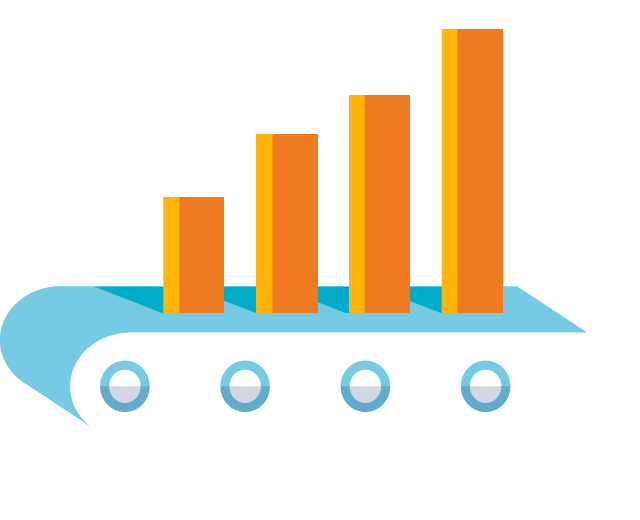We’re Hiring!
Looking for a career in consulting? Come see what makes us different than your typical consulting firms.




4 Essential Steps to Enhance Your Organization’s Data Capabilities: A Roadmap for Success
Realize the full potential of your data and gain a competitive edge by following this 4-step approach to maximize the value of your data.

Navigating the Future: How Canadian Leaders Can Forge Resilient Strategies in the ESG Landscape
By adapting a proactive approach leaders can effectively navigate the complexities of the evolving ESG landscape and foster trust in an increasingly conscientious market.

Securing the Future: How Canadian Businesses Can Prepare for 2024’s Cyber Security Challenges
In 2024, cyber security is not just a technical issue – it’s a business imperative central to all Canadian organizations, irrespective of size or sector. According to the Canadian Centre […]

Developing Early Career Talent: 5 Strategies for Success
A robust and effective early career talent development program is essential for companies looking to grow their future leaders from within.

Privacy Law 25: Five Essential Priorities to Drive Success for Canadian Financial Institutions in 2024
By prioritizing these six key areas and taking the necessary actions, organizations can build trust and confidence among consumers, while ensuring compliance with both current and future Canadian privacy regulations.

Power BI vs Tableau – Which is Better?
Although Tableau and Power BI are similar business intelligence tools, there are key differences that organizations should be aware of when considering analytical requirements.